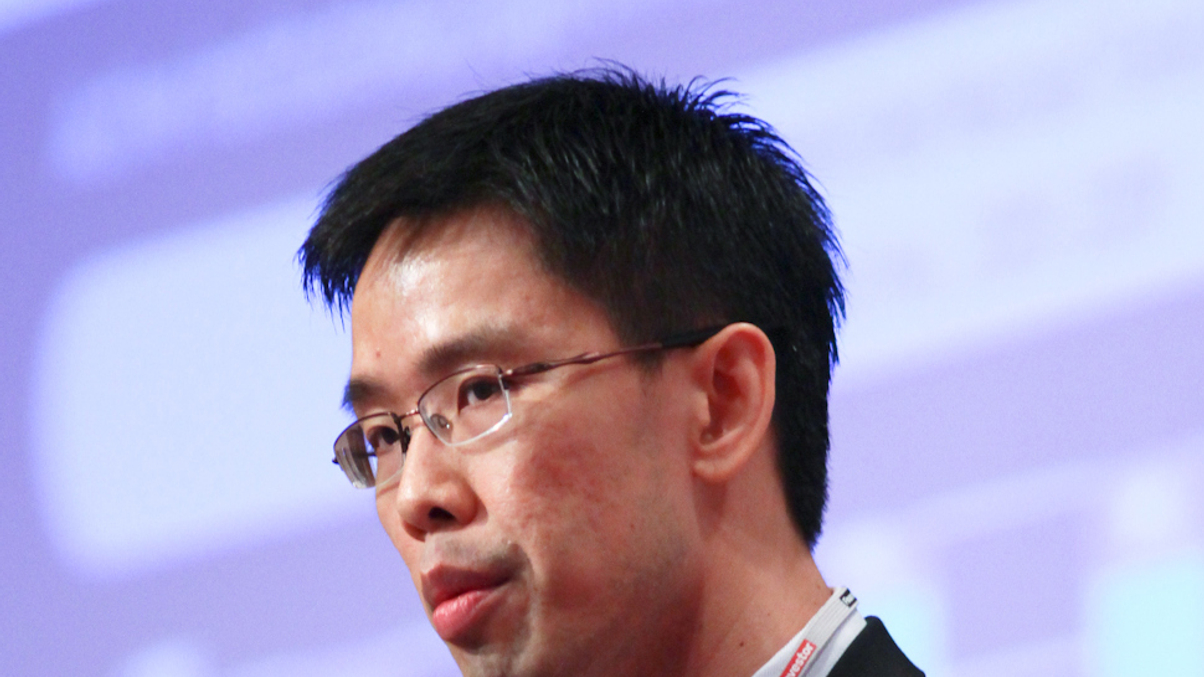Asset owners sack managers for wrong reasons
They are asking for long-term performance, but changing managers on short-term results. Nevertheless, Cerulli’s Ken Yap sees emerging opportunities for serving Asian institutions.

Asset managers are being hired for the right reasons and fired for the wrong reasons by Asia’s relatively nascent band of institutional investors, a conference in Hong Kong heard yesterday.
Sign In to Your Account
Access Exclusive AsianInvestor Content!
Please sign in to your subscription to unlock full access to our premium AI resources.
Free Registration & 7-Day Trial
Register now to enjoy a 7-day free trial—no registration fees required. Click the link to get started.
Note: This free trial is a one-time offer.
¬ Haymarket Media Limited. All rights reserved.


